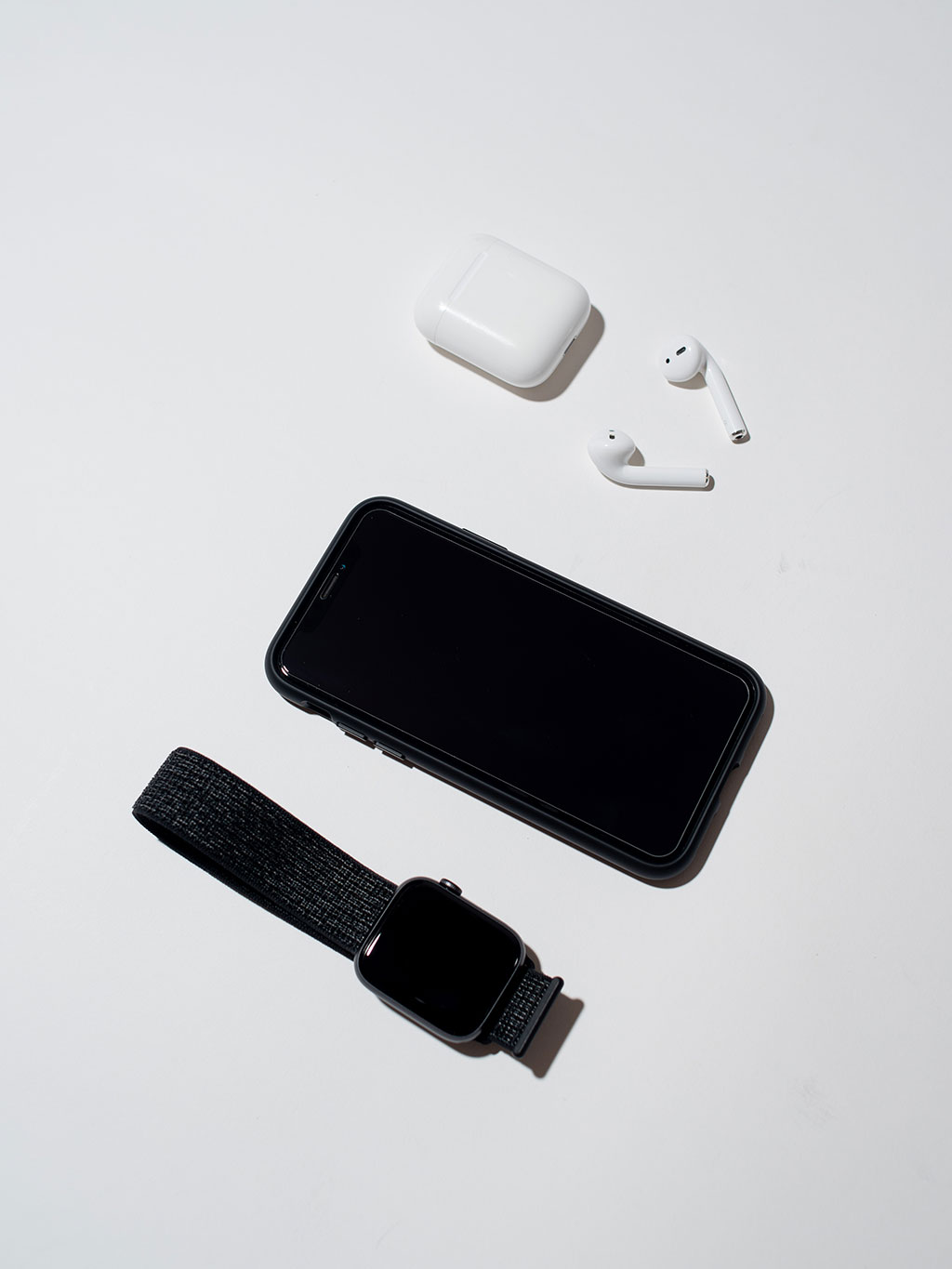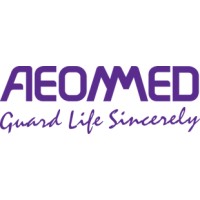Wearable Health Tech Could Measure Gases Released From Skin to Monitor Metabolic Diseases
|
By HospiMedica International staff writers Posted on 02 May 2022 |

Most research on measuring human biomarkers, which are measures of a body’s health, rely on electrical signals to sense the chemicals excreted in sweat. But sensors that rely on perspiration often require huge amounts of it just to get a reading. Now, a new study suggests that a wearable sensor may be able to monitor the body’s health by detecting the gases released from a person’s skin.
Scientists at The Ohio State University (Columbus, OH, USA) have taken the first step to creating the next generation of wearable health monitors. Some wearable devices, like smartwatches or fitness trackers, are already capable of measuring pulse rates or temperatures, but this team’s method would allow the technology to sense biomarkers related to metabolic disorders, like heart disease or diabetes. The final product of the team’s research would be a small device a person could wear on low-sweat body locations, like behind the ear or on the nails. And as more people become familiar with using wearable devices in their everyday lives, the team expects technology and medicine to become even more intertwined.
Scientists have a long history of measuring the concentration of organic compounds in our breath - a type of gas - as indicators of health. One example would be blowing into a breathalyzer, a device which can measure the amount of alcohol in a person’s blood or be used to detect viruses. But such a gadget requires “active intent” and only provides a “momentary snapshot” of the body. Compared to the amount of chemicals we release when we breathe, this team’s sensors can operate on much smaller amounts of gaseous acetone released from the skin. Acetone is one of the substances secreted from the skin that can tell researchers a lot about the inner workings of the human body. Concentrations of acetone in the breath have also been shown to be related to blood sugar levels and fat-burning rates.
To test whether their sensors could detect varying amounts of these enlightening chemicals (which would signal the presence of the gaseous molecules), the researchers created a film material made out of derivatives of plant cellulose and electroactive polymers. This film can bend dramatically in response to how much of the acetone is detected in its environment. The team then placed the film over solutions containing ethanol (alcohol), acetone and water to gauge its sensitivity, selectivity and repeatability.
The researchers found a significant bias toward bending more upon exposure to certain chemicals over others. This bending happens in milliseconds, and the researchers used machine learning and complex computational algorithms to accurately record and track the film’s bending response to the different chemical solutions. Their findings showed that the films are sensitive enough to track long-term changes in the body. While focusing on a metabolic rate sensor, another possible use would be to track ethanol which, in the body, can spell signs of liver disease. More work needs to be done on how the films used in this study would work as actual sensors worn on the body, the researchers said.
“It is completely non-invasive, and completely passive on the behalf of the user,” said Anthony Annerino, lead author of the study and a graduate student in materials science and engineering at The Ohio State University. “This is an area of research that hasn’t been nearly as well developed yet, because we’re just now producing the technology to measure lower concentrations of these gases with high selectivity.”
“We are developing a new generation of skin sensors, and it will really be the new norm,” said study co-author Pelagia-Iren Gouma, professor of materials science and engineering. “The project still has a couple of years to go. But in six months, we should have proof of concept and in a year, we’d like to have it tested in people.”
Related Links:
The Ohio State University
Channels
Critical Care
view channel
CPR Guidelines Updated for Pediatric and Neonatal Emergency Care and Resuscitation
Cardiac arrest in infants and children remains a leading cause of pediatric emergencies, with more than 7,000 out-of-hospital and 20,000 in-hospital cardiac arrests occurring annually in the United States.... Read more
Ingestible Capsule Monitors Intestinal Inflammation
Acute mesenteric ischemia—a life-threatening condition caused by blocked blood flow to the intestines—remains difficult to diagnose early because its symptoms often mimic common digestive problems.... Read more
Wireless Implantable Sensor Enables Continuous Endoleak Monitoring
Endovascular aneurysm repair (EVAR) is a life-saving, minimally invasive treatment for abdominal aortic aneurysms—balloon-like bulges in the aorta that can rupture with fatal consequences.... Read more
Wearable Patch for Early Skin Cancer Detection to Reduce Unnecessary Biopsies
Skin cancer remains one of the most dangerous and common cancers worldwide, with early detection crucial for improving survival rates. Traditional diagnostic methods—visual inspections, imaging, and biopsies—can... Read moreSurgical Techniques
view channel
Robotic Assistant Delivers Ultra-Precision Injections with Rapid Setup Times
Age-related macular degeneration (AMD) is a leading cause of blindness worldwide, affecting nearly 200 million people, a figure expected to rise to 280 million by 2040. Current treatment involves doctors... Read more
Minimally Invasive Endoscopic Surgery Improves Severe Stroke Outcomes
Intracerebral hemorrhage, a type of stroke caused by bleeding deep within the brain, remains one of the most challenging neurological emergencies to treat. Accounting for about 15% of all strokes, it carries... Read moreHealth IT
view channel
Printable Molecule-Selective Nanoparticles Enable Mass Production of Wearable Biosensors
The future of medicine is likely to focus on the personalization of healthcare—understanding exactly what an individual requires and delivering the appropriate combination of nutrients, metabolites, and... Read moreBusiness
view channel
Philips and Masimo Partner to Advance Patient Monitoring Measurement Technologies
Royal Philips (Amsterdam, Netherlands) and Masimo (Irvine, California, USA) have renewed their multi-year strategic collaboration, combining Philips’ expertise in patient monitoring with Masimo’s noninvasive... Read more
B. Braun Acquires Digital Microsurgery Company True Digital Surgery
The high-end microsurgery market in neurosurgery, spine, and ENT is undergoing a significant transformation. Traditional analog microscopes are giving way to digital exoscopes, which provide improved visualization,... Read more
CMEF 2025 to Promote Holistic and High-Quality Development of Medical and Health Industry
The 92nd China International Medical Equipment Fair (CMEF 2025) Autumn Exhibition is scheduled to be held from September 26 to 29 at the China Import and Export Fair Complex (Canton Fair Complex) in Guangzhou.... Read more














